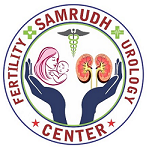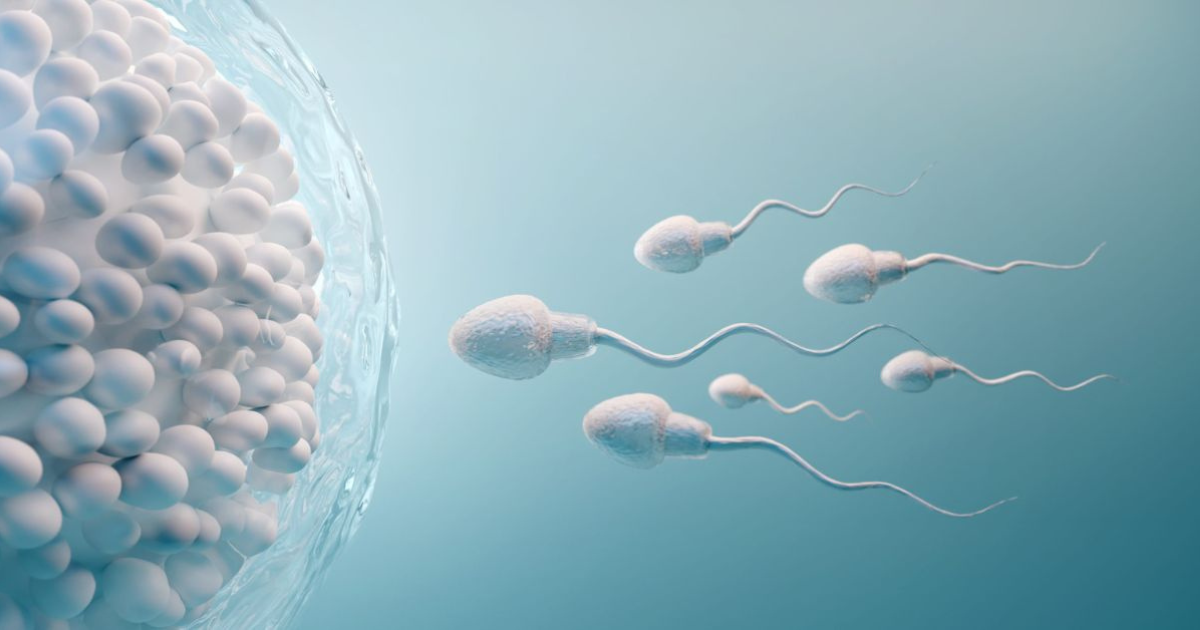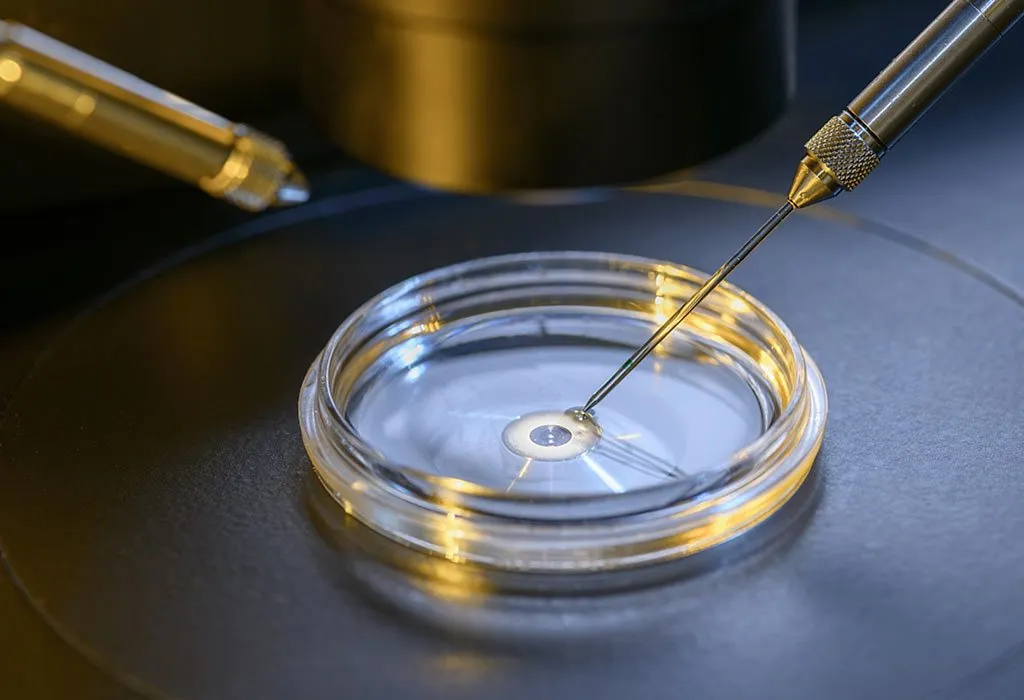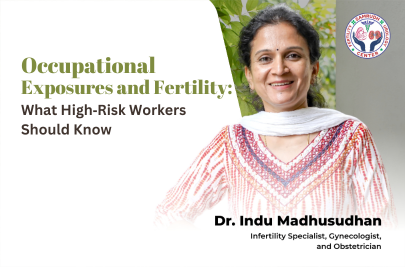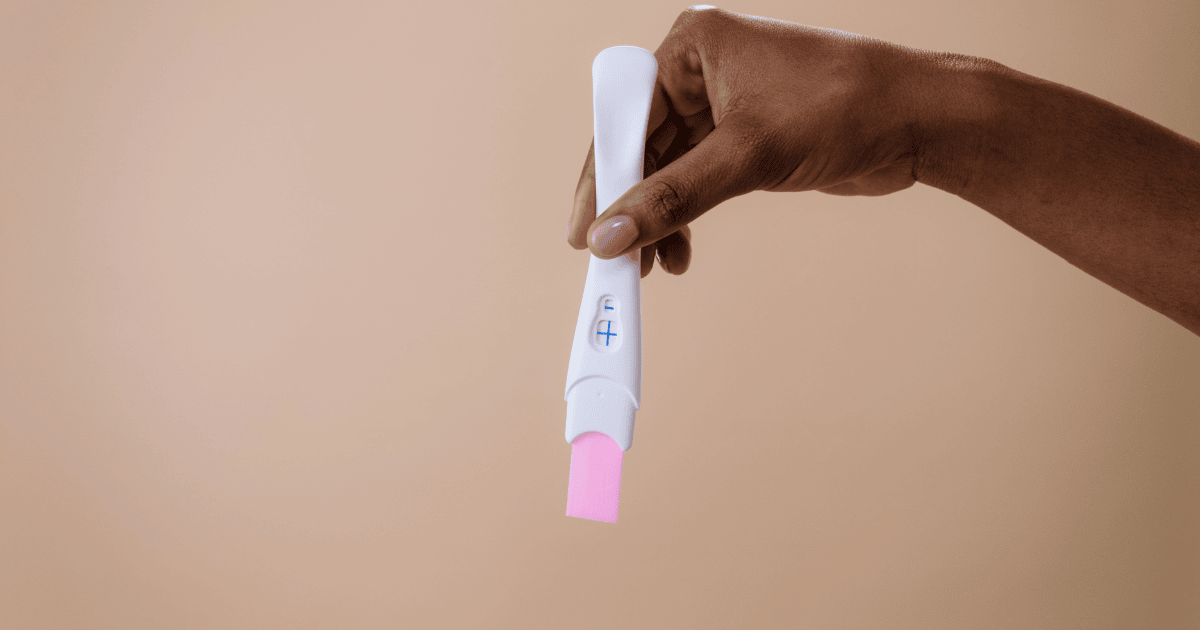Table of Contents
What is PCOD?
PCOD vs PCOS: What’s the Difference?
Causes of PCOD
Common Symptoms of PCOD
How PCOD Affects Fertility
Diagnosis: How is PCOD Detected?
Treatment Options for PCOD
Lifestyle Tips for Managing PCOD
When to See a Doctor
Conclusion
What is PCOD?
PCOD stands for Polycystic Ovarian Disease, a common condition affecting Indian women, especially those between the ages of 15 to 45. In this condition, the ovaries produce and release many immature or partially mature eggs each month, which can develop into small cysts over time.
This results in hormonal imbalance, irregular periods, weight gain, acne, and other health issues. Around 20% of women in India are estimated to suffer from PCOD.
PCOD vs PCOS: What’s the Difference?
Although often used interchangeably, PCOD and PCOS are different.
| Feature | PCOD | PCOS |
|---|---|---|
| Full form | Polycystic Ovarian Disease | Polycystic Ovary Syndrome |
| Severity | Mild to moderate | More severe, chronic |
| Ovulation | Delayed but still happens | Rare or no ovulation |
| Impact on fertility | Lower chance of infertility | Higher chance of infertility |
| Hormonal imbalance | Less pronounced | More severe hormonal disturbance |
| Long-term effects | Manageable with lifestyle changes | May cause diabetes, heart issues |
Causes of PCOD
PCOD is caused by a mix of genetic, hormonal, and lifestyle factors.
Hormonal Imbalance
Higher levels of androgens (male hormones) disturb the monthly ovulation cycle.
Abnormal LH (Luteinizing Hormone) and FSH (Follicle-Stimulating Hormone) levels affect egg development.
Insulin Resistance
High insulin levels make the body store more fat and also increase androgen production.
This leads to weight gain and irregular periods.
Genetics
If your mother or sister has PCOD, you may also have a higher chance of developing it.
Lifestyle Factors
Irregular sleep cycles, poor diet, and lack of physical activity worsen the condition.
Common Symptoms of PCOD
| Symptom | Description |
|---|---|
| Irregular periods | Delayed, missed, or unpredictable periods |
| Acne and oily skin | Caused by excess androgens |
| Hair thinning or hair loss | Often seen at the crown or temples |
| Weight gain | Especially around belly and hips |
| Excess facial/body hair | Growth on chin, upper lip, chest, etc. |
| Mood swings or fatigue | Due to hormonal imbalance |
| Difficulty conceiving | Irregular ovulation impacts fertility |
How PCOD Affects Fertility
PCOD can impact fertility in many ways:
Irregular ovulation: Makes it hard to predict your fertile window.
Poor egg quality: Hormonal imbalance can affect egg development.
Endometrial issues: Hormone imbalance may prevent proper thickening of the uterus lining.
Increased miscarriage risk: Uncontrolled insulin levels may cause early pregnancy loss.
Many women with PCOD are able to conceive with proper treatment and lifestyle adjustments.
Diagnosis: How is PCOD Detected?
Detecting PCOD early can prevent complications and improve your fertility outcomes. Here’s a detailed breakdown of how doctors diagnose PCOD:
Step 1: Understanding Your Medical History
Your doctor will start by asking questions like:
Are your periods regular?
Have you experienced weight gain, acne, or hair loss?
Are you facing difficulty in conceiving?
These answers give your doctor clues about hormonal imbalance.
Step 2: Physical Examination
Checking weight, Body Mass Index (BMI), and waist-hip ratio.
Examining skin for acne, hair growth, and scalp thinning.
Step 3: Pelvic Ultrasound (Transvaginal or Abdominal)
This is a key test to look at your ovaries and uterus. It helps detect:
Enlarged ovaries
Multiple small follicles (often called “string of pearls” appearance)
Thickness of the uterine lining (important for fertility)
📌 Note: A woman can have PCOD even if her ovaries don’t show cysts on ultrasound.
Step 4: Blood Tests
A few important hormone tests are done to understand how your body is functioning:
| Blood Test Name | Purpose |
|---|---|
| LH & FSH | Checks ovulation pattern |
| Testosterone | Measures male hormone levels |
| Prolactin | Rules out milk-producing hormone disorder |
| TSH | Tests thyroid function |
| Insulin & Glucose | Checks for insulin resistance or diabetes |
| AMH (Anti-Mullerian) | Assesses ovarian reserve (egg count) |
These tests also help rule out other causes like thyroid disorder or hyperprolactinemia that can mimic PCOD.
Treatment Options for PCOD
There is no single cure for PCOD, but symptoms can be managed effectively.
| Treatment Approach | Description |
|---|---|
| Lifestyle changes | Diet + exercise can reverse many symptoms |
| Medication | For regulating periods, controlling acne, inducing ovulation |
| Fertility Treatment | Ovulation-inducing drugs (Clomiphene), IUI, IVF |
| Surgery (rare cases) | Ovarian drilling to restore ovulation |
Lifestyle Tips for Managing PCOD
Balanced Diet
Avoid white rice, sugar, and fried foods
Eat whole grains, fruits, veggies, and lean protein
Drink plenty of water and reduce caffeine
Regular Exercise
Aim for 30–45 minutes of walking, yoga, or strength training
Exercise improves insulin sensitivity and hormonal balance
Stress Management
Meditation, journaling, or even hobbies can lower stress hormones
Adequate sleep (7–8 hours) is crucial
Consistency is key. Even small changes can show big results over 3–6 months.
When to See a Doctor
Visit a doctor if:
You’ve missed more than 2 periods without pregnancy
You notice excess facial hair or sudden weight gain
You’re trying to get pregnant for 6+ months without success
You feel emotionally low or exhausted all the time
Early diagnosis can help you avoid long-term problems like diabetes, heart disease, and infertility.
Conclusion
PCOD is a growing health concern for Indian women, but it’s treatable and manageable with the right guidance. The sooner you take action, the better your chances of living a healthy life — and even becoming a parent naturally or with minimal medical help.

